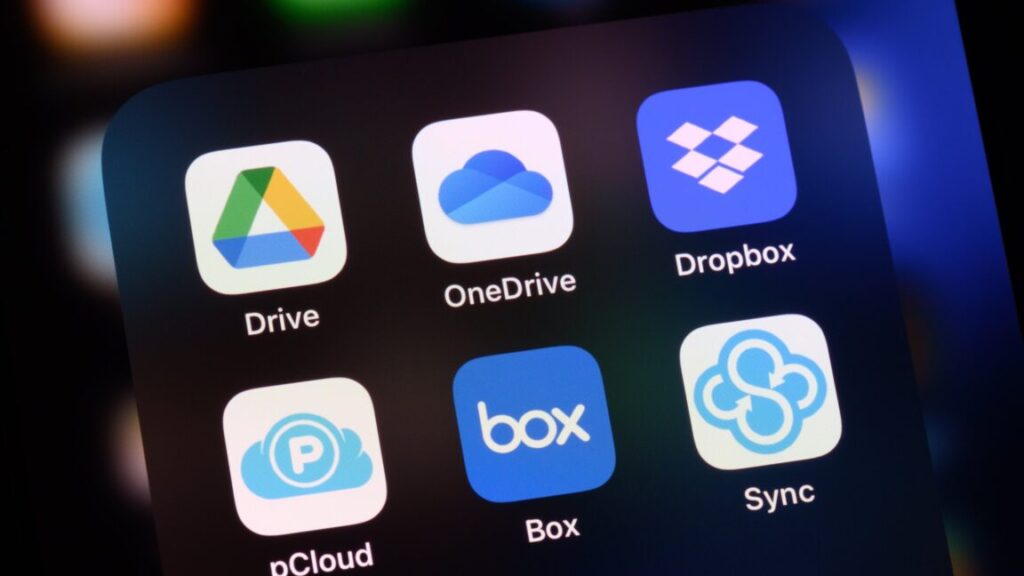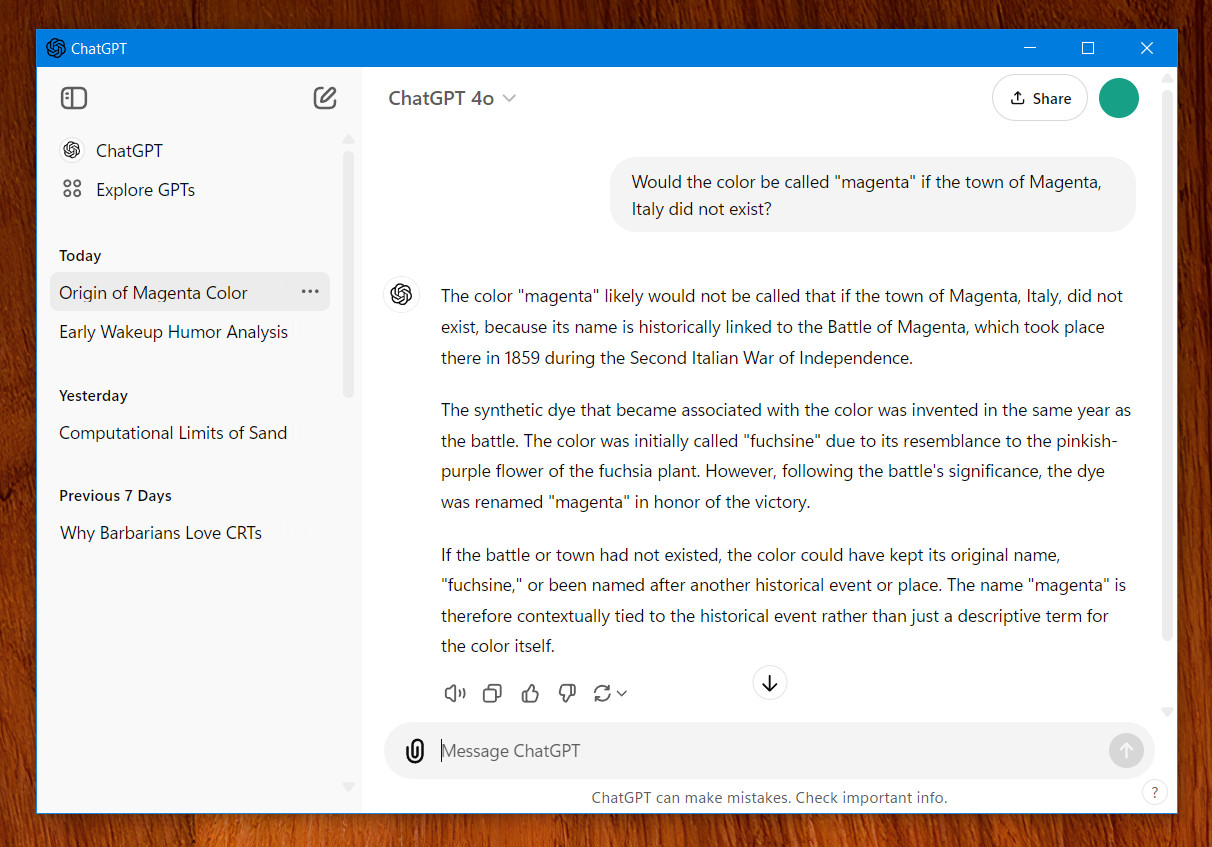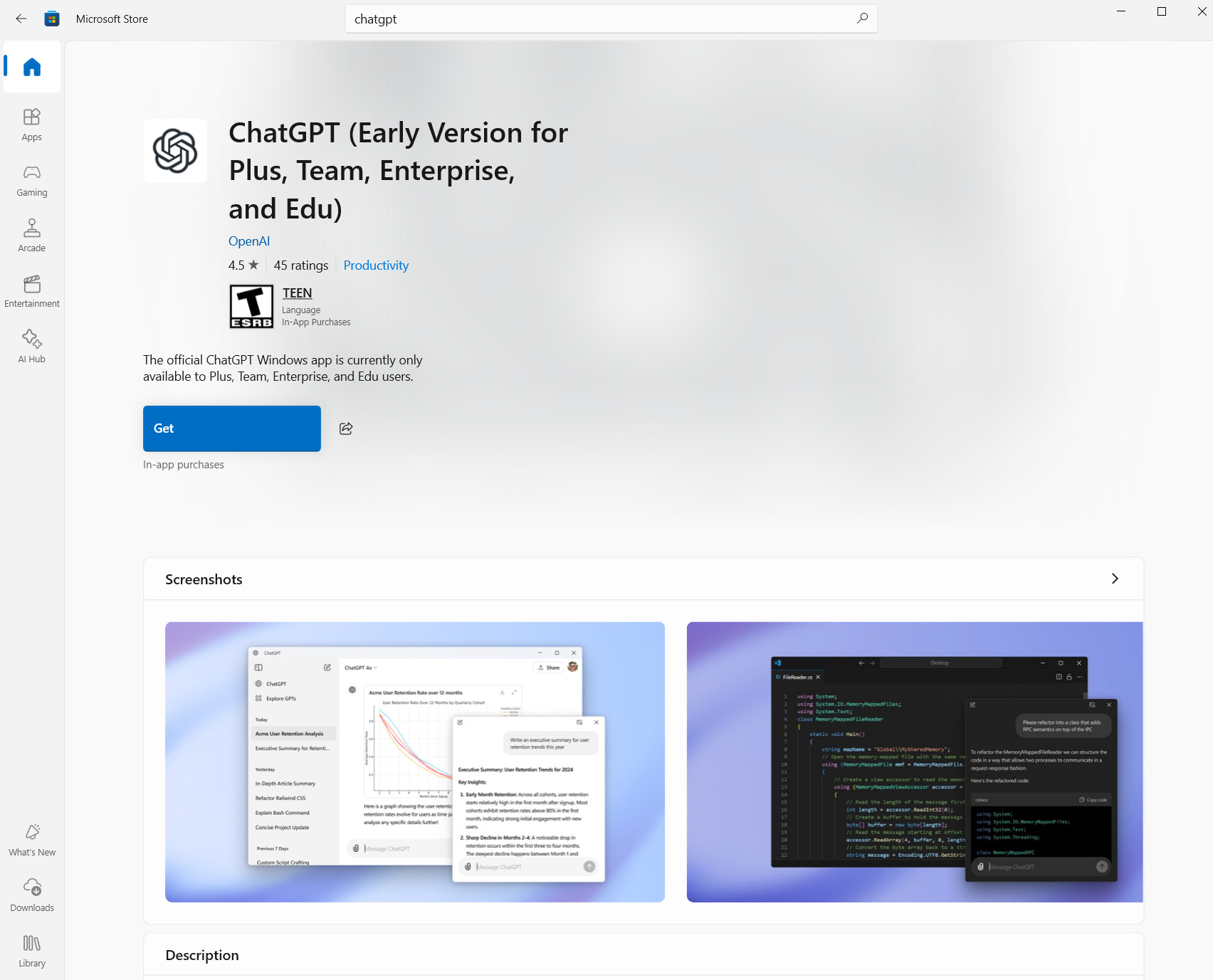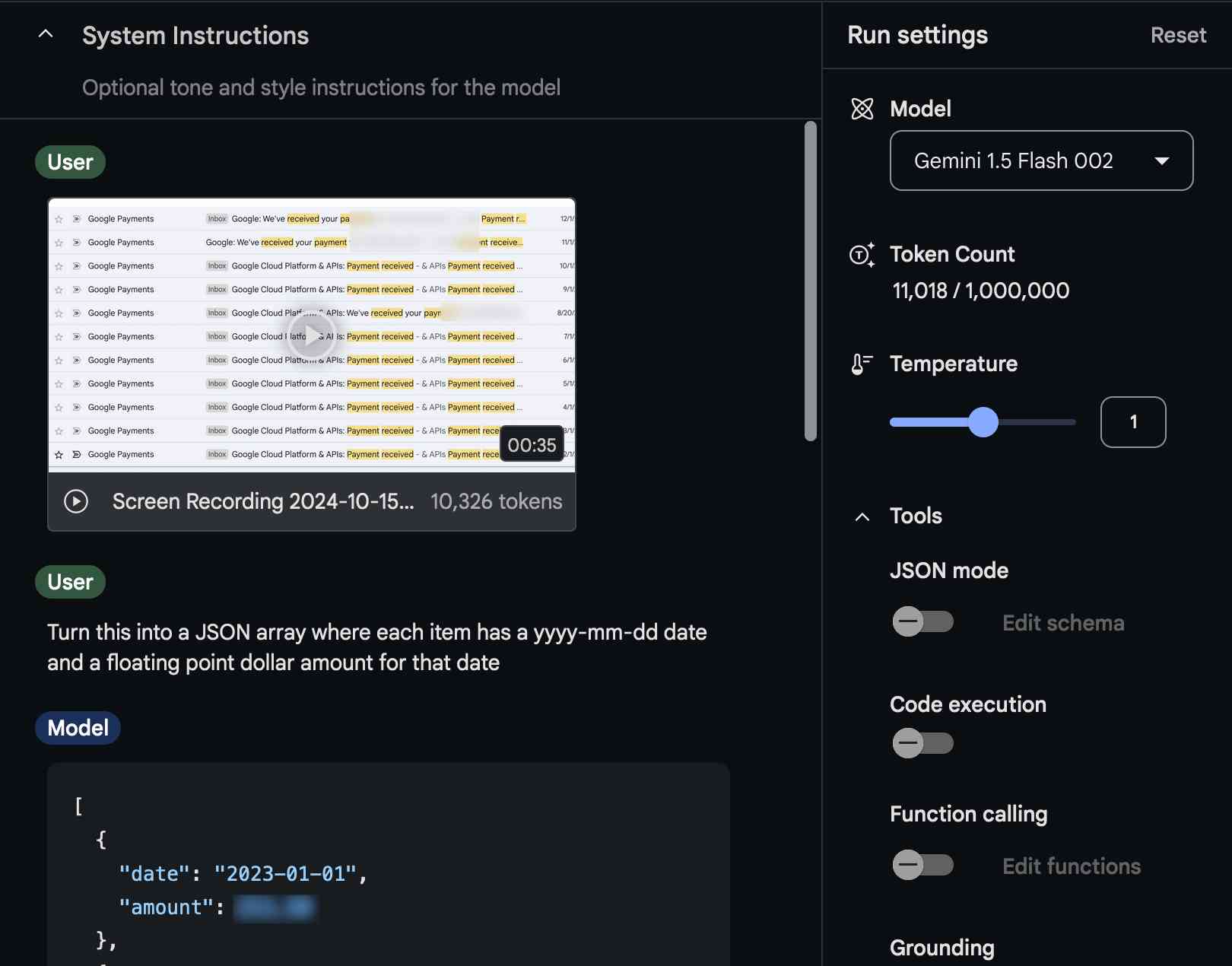Dropbox lays off 20% of staff, says it overinvested and underperformed
Dropbox is laying off 528 employees in a move that will reduce its global workforce by 20 percent, CEO Drew Houston announced today.
Houston wrote that Dropbox’s core file sync and sharing “business has matured, and we’ve been working to build our next phase of growth with products like Dash,” an “AI-powered universal search” product targeted to business customers. The company’s “current structure and investment levels” are “no longer sustainable,” according to Houston.
“We continue to see softening demand and macro headwinds in our core business,” Houston wrote. “But external factors are only part of the story. We’ve heard from many of you that our organizational structure has become overly complex, with excess layers of management slowing us down.”
Dropbox previously cut 500 employees in an April 2023 round of layoffs. At the time, Houston said that Dropbox’s business was profitable but growth was slowing.
Today, Houston said that Dropbox is “still not delivering at the level our customers deserve or performing in line with industry peers. So we’re making more significant cuts in areas where we’re over-invested or underperforming while designing a flatter, more efficient team structure overall.”
In a Securities and Exchange Commission filing, Dropbox said it expects to “make total cash expenditures of approximately $63 million to $68 million in connection with the reduction in force, primarily consisting of severance payments, employee benefits and related costs.” Laid-off employees are eligible for 16 weeks of pay, plus one additional week of pay for each year of tenure, Houston wrote. He also said the laid-off workers “will receive their Q4 equity vest” and will be eligible for a pro-rated payment equivalent to their 2024 bonus target.
Dropbox lays off 20% of staff, says it overinvested and underperformed Read More »




















